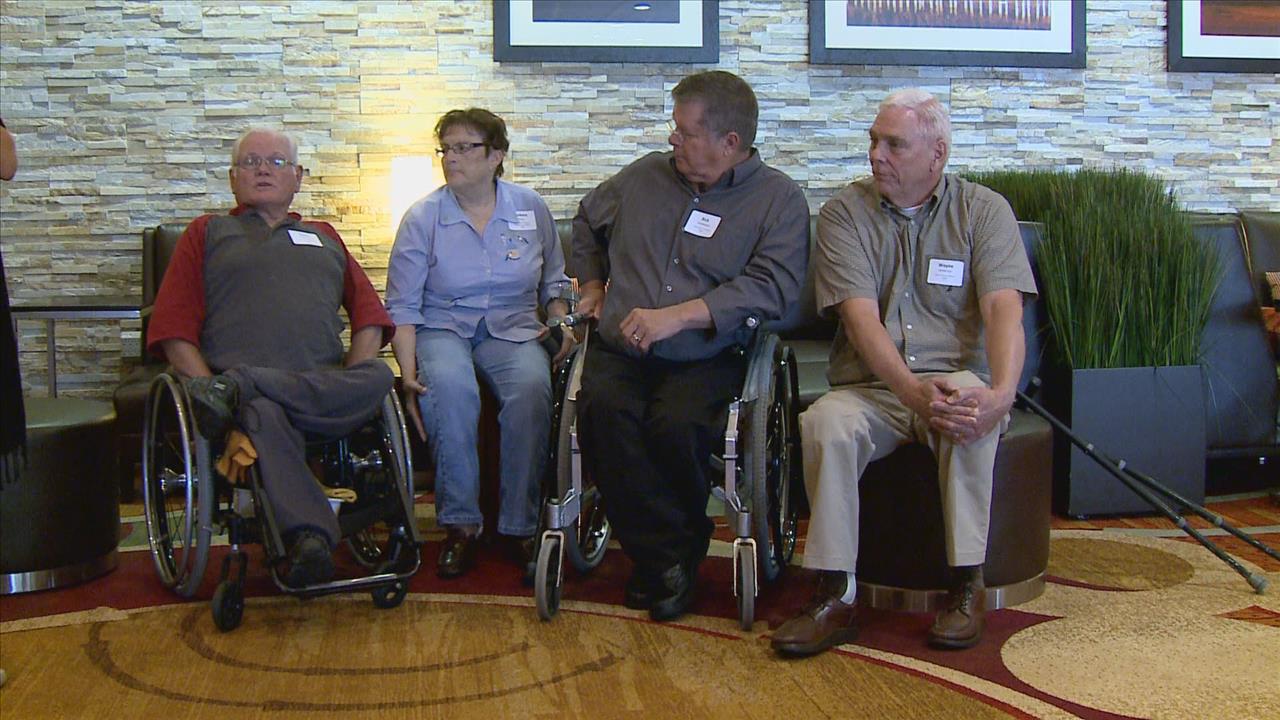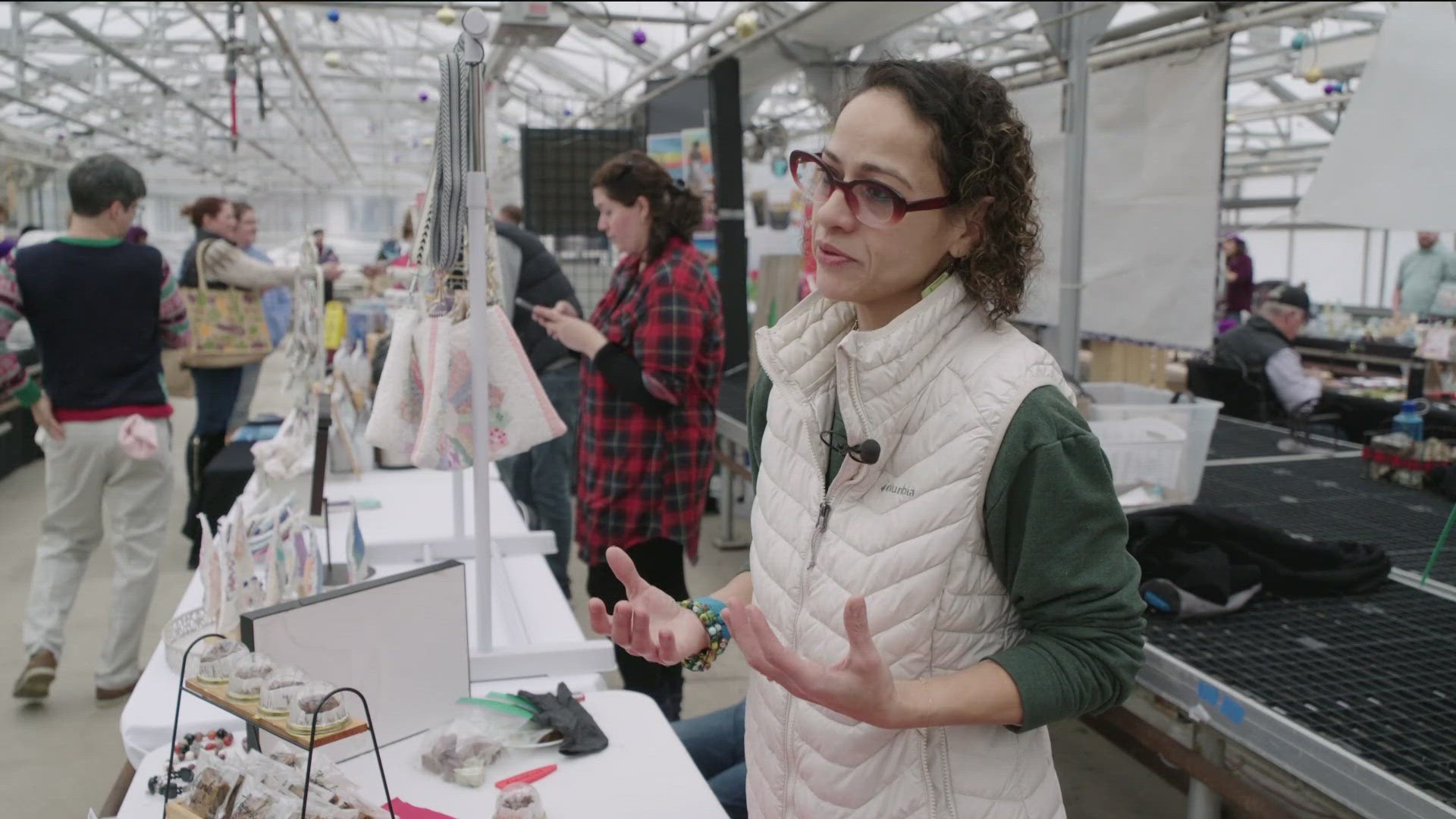BROOKLYN Park, Minn. – More than 300 survivors of polio gathered in the Twin Cities to learn more about the lasting effects of the disease and remember the revolutionary woman who helped them fight it.
The Courage Kenny Foundation organized the reunion of polio survivors the daylong event, "Life after Polio: Realities and Practicalities" on Thursday, Sept. 18.
Among the attendees was a group of survivors who came to the Sister Kenny Rehabilitation Institute in the summer of 1946 when they were affected by the epidemic as toddlers. They all lived to tell a story of survival - thanks to sister Elizabeth Kenny - who is considered to have done more for polio victims than any other person in the world.
"I do remember the good sister coming by patting me on my head to see how I was," said Terry Hanson, who was born and raised in Dinkytown. "We, a lot of times, refer to ourselves as old polios."
Hanson reunited with longtime friends who shared his ward at Sister Kenny as toddlers: Barb Davis, Rick Waldeland and Wayne Anderson. They were all photographed as toddlers in high chairs in the summer of 1946 when they were brought to Sister Kenny with polio. The group is nearing age 70 today and scattered all over the metro. They still keep in touch, many attended school together and today play adapted sports together.
"We are still great friends and we see each other, and what more can you ask for?" said Waldeland, of Burnsville.
Sister Elizabeth Kenny was an Australian nurse who brought her successful polio treatment to Minnesota in the 1940s. She treated her first case of infantile paralysis in the Australian outback. Physicians had long prescribed immobilization as the best treatment for polio but Sister Kenny's approach called for just the opposite.
"She did what they call hot packing, so they would boil strips of wool blanket in hot tubs wring them out and wrap the affected limb, which was very painful, but very effective in keeping the muscles loosened and limber -- so many people here today credit Sister Kenny and her revolutionary treatment with their ability to walk today," said Sandy Landberg, with the Courage Kenny Foundation.
Landberg organized the reunion after communicating with many survivors in her work, and envisioned a forum where people could share memories and post polio symptoms they still experience today.
"I remember seeing them in this room with these tall windows, they would lift off the tops of them and you would see the steam rise - they were wool," said Barb Davis, of Delano, who had clear memories of the hot packing.
As polio became eradicated, Sister Kenny Rehabilitation Institute shifted its focus from treating polio patients to physical rehabilitation, such as stroke, spinal cord injury and brain injury survivors, which is known as the Courage Kenny Rehabilitation Institute today.
With a large waiting list, Landberg said the Courage Kenny Foundation may plan a similar polio reunion in the future. Survivors ranged in age from their 40s to their 90s. The foundation had a waiting list of more than 100 people.
"They all have a common theme. Every one of the polio survivors is a very resilient person. I would have to say they are the most resilient people I have met in my life," said Landberg.
In 1952, there were 52,000 polio cases in the US - the most ever. The U.S. has been polio free since 1979.


